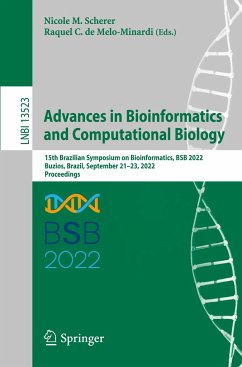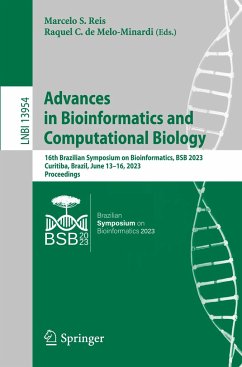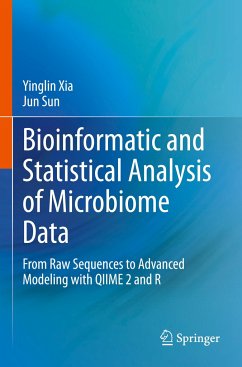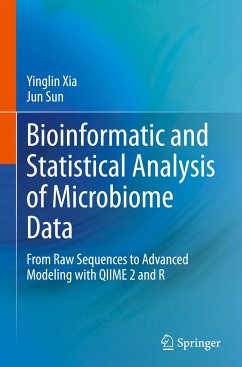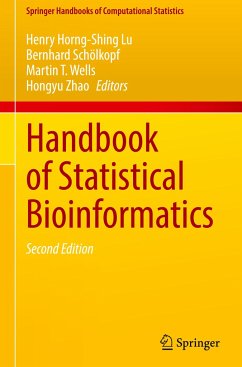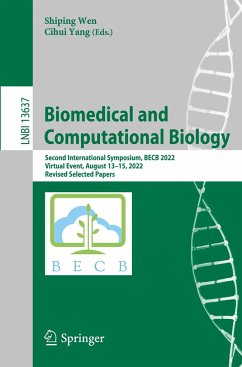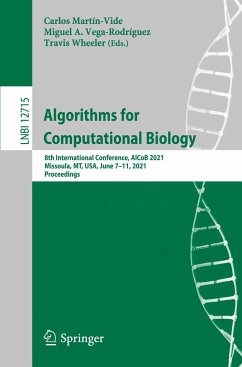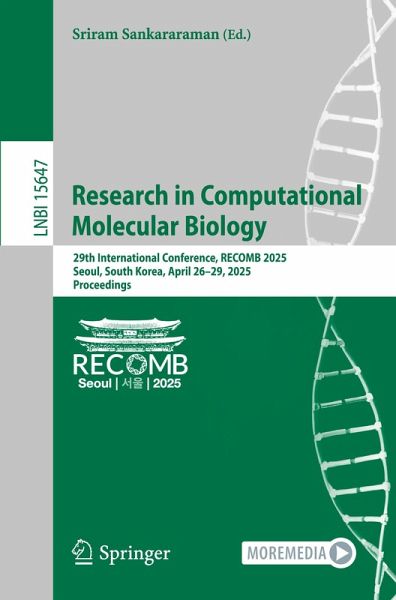
Research in Computational Molecular Biology
29th International Conference, RECOMB 2025, Seoul, South Korea, April 26-29, 2025, Proceedings
Herausgegeben: Sankararaman, Sriram

PAYBACK Punkte
28 °P sammeln!
This book constitutes the proceedings of the 29th Annual International Conference on Research in Computational Molecular Biology, RECOMB 2025, held in Seoul, South Korea, during April 26 29, 2025.The 14 full papers and 41 short papers were carefully reviewed and selected from 339 submissions. They focus on advances in computational biology and applications in molecular biology and medicine. The conference aims at bridging the computational, mathematical, statistical, and biological sciences, and bringing together researchers, professionals, students and industrial practitioners from all over t...
This book constitutes the proceedings of the 29th Annual International Conference on Research in Computational Molecular Biology, RECOMB 2025, held in Seoul, South Korea, during April 26 29, 2025.
The 14 full papers and 41 short papers were carefully reviewed and selected from 339 submissions. They focus on advances in computational biology and applications in molecular biology and medicine. The conference aims at bridging the computational, mathematical, statistical, and biological sciences, and bringing together researchers, professionals, students and industrial practitioners from all over the world for interaction and exchange of new developments in all areas of bioinformatics and computational biology.
The 14 full papers and 41 short papers were carefully reviewed and selected from 339 submissions. They focus on advances in computational biology and applications in molecular biology and medicine. The conference aims at bridging the computational, mathematical, statistical, and biological sciences, and bringing together researchers, professionals, students and industrial practitioners from all over the world for interaction and exchange of new developments in all areas of bioinformatics and computational biology.





